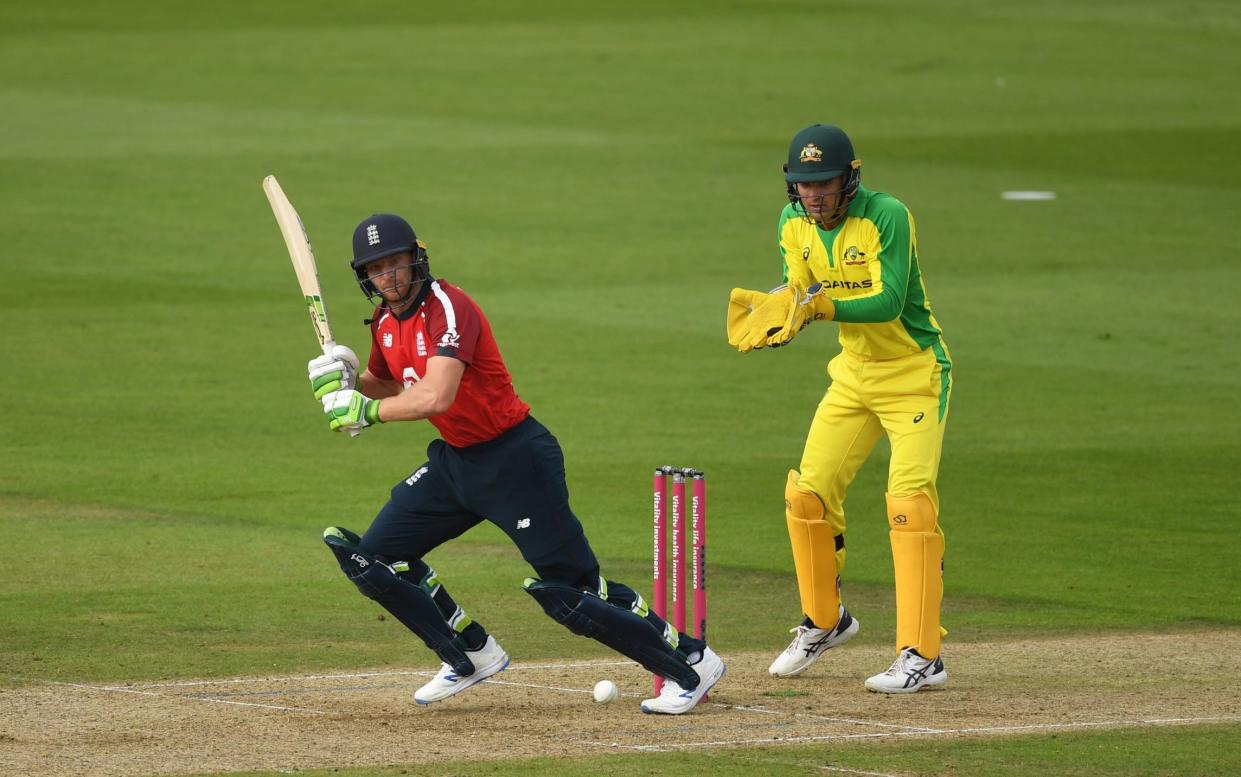International cricket moves closer to split team era

At half past six at the George Hotel, Huddersfield, on 29 August 1895, rugby split. Officials from leading northern rugby clubs, fed up with southern clubs’s elitism and their insistence on maintaining amateurism - a ruse to keep the northern teams down - voted to form a Northern Rugby Football Union, heralding the birth of rugby league. At a stroke, the game of rugby fragmented into two.
Cricket has managed to avoid such a breakaway. In many ways it is quite an achievement: uniquely, cricket is a sport that has three different formats all run by the same governing body. And yet, while this veneer of unity remains, the fissures in the sport are increasingly inescapable.
For all those concerned about Test cricket, the most salient fact is that Tests not involving one of Australia, England or India - the sport’s Big Three - lose boards in the region of £500,000 apiece. While the sums are altogether less dramatic, and profits are more common, many one-day internationals and Twenty20s between non Big Three sides also lose money. Most domestic T20 leagues also lose money: as Bangladesh and South Africa would attest, the more you invest in your T20 league, the more you stand to lose. Boards don’t receive any revenue for overseas tours either.
So, besides the revenue they receive from the International Cricket Council, there is essentially only one way for teams to make cash: a tour by one of the Big Three. It is standard practice for boards to plan their entire four-year cycles around tours from the Big Three. The proceeds of selling these matches to broadcasters dictate what other fixtures boards can afford to stage and when. It adds up to an inherently perilous model, which means that boards can face catastrophic financial damage if relations with a Big Three member collapse, as has happened with Pakistan and India. Even for boards who avoid this fate, there is an essential snag: there are only so many Big Three tours to go around, and only one country that any member can tour at one time.
Perhaps no longer. Recent weeks have brought two portends of cricket’s potential future direction. The first came from Australia, who announced that they will play a T20 series in New Zealand next February - while simultaneously contesting a Test series in South Africa. The second was news of England's advanced talks with Pakistan about a T20 series in January, which is likely to take place while England are in Sri Lanka, either preparing for or playing their two-match Test series. So within a few weeks at the start of 2021, two of the Big Three will have separate international squads in different countries playing separate series. Whether the matches take place on the same day is a moot point: players will only be able to be selected for one of the series.
If England toured Sri Lanka and Pakistan simultaneously, their T20 side would be bereft of Jofra Archer, Jos Buttler or Ben Stokes, three of their most in-demand T20 players: all would be wanted by the Test side, which would get priority in this instance. It would be harder to maintain the notion of international competition representing the primacy of the sport - already under threat from the Indian Premier League - if availability was effectively restricted to those unwanted by the team in another format.

All this is deeply unsatisfactory. “I don't ever want to have two Australian teams,” Australia head coach Justin Langer recently lamented. “I didn't like it at all.
"We're one country, aren't we?”
Yet, across the formats, leading countries can no longer be sustained by one group of players. Cricket is in an age of growing player specialisation. A recent analysis by the journalist Mike Jakeman for The Cricket Monthly showed that the proportion of international appearances made by players from Full Members featuring in all three formats fell from 57 per cent in 2008-09 to 44 per cent in 2018-19; the figures were even lower for England and Australia. As Jakeman wrote: “If you played Test cricket a decade ago, you probably played T20Is too. This is no longer the case.”
All bar the dwindling number of super-elite cricketers, able to flit between formats with minimal acclimatisation period, risk being left behind by the relentless demands the schedule imposes on all three formats; this is arguably what has happened to as brilliant a player as Joe Root in T20 since 2016. The gulf between formats threatens to become self-perpetuating: the more that fixture lists coincide, the more onerous bridging the divide will become - and the fewer players will get into a country’s best XI for both T20 and Tests, making it easier to justify fixture in different formats clashing. Those few players able to command spots across formats face having their international T20 appearances rationed, by necessity and design, outside world events. Buttler has only played 10 of England's 23 T20 internationals since his Test recall in 2018.
If the new financial tumult engulfing the sport has crystallised the tensions between formats, these long predate Covid-19. And while separate national teams on tour in different countries at the same time is being justified as an emergency solution to aid boards’s ailing finances, temporary solutions to crises have a habit of sticking around.


